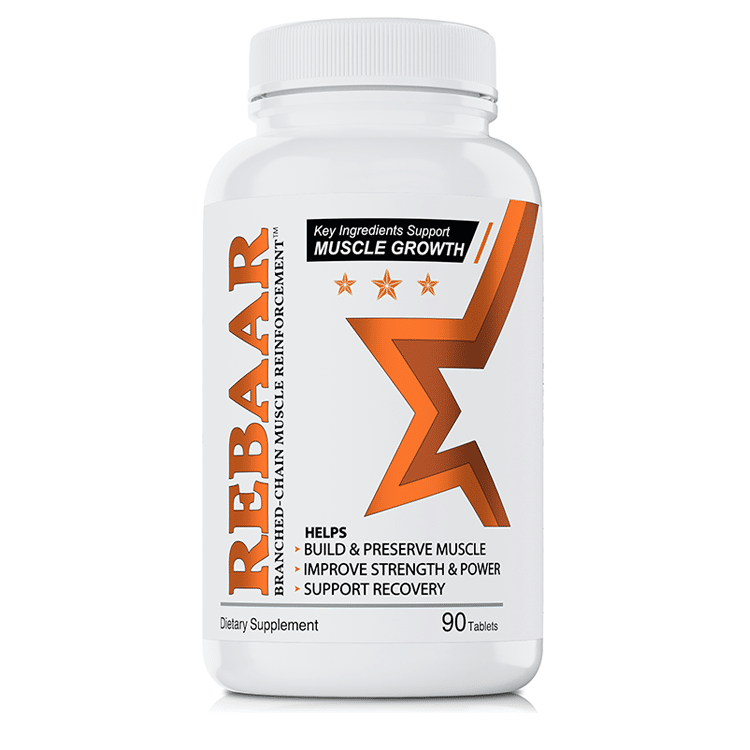When it comes to strength training, any workout is better than none. But if you want to get the most gains efficiently, you need to consider upper/lower splits. This means splitting training sessions into upper body and lower body workouts.
Doing these split sessions more than once per week will greatly enhance strength and hypertrophy gains, as compared to trying to hit each muscle group just once per week.
Go to the gym at least four times per week to do two upper body and two lower body sessions in order to get them to their goals faster. Read on for the facts, details, and evidence you need to convince them.
What's an Upper/Lower Split Workout?
The idea of the upper/lower split workout is pretty simple. It means that you divide your training sessions into working the upper body or the lower body but not both at the same time. Do upper body exercises one day and lower body moves the next.
Upper Body Muscle Groups
You can vary this workout depending on individual needs, but in general, the upper body split includes workouts and lifting that target chest, middle and upper back, shoulders, triceps, and biceps.
Lower Body Muscle Groups
To hit the lower body muscle groups you want to target the abdominals, lower back, quads, hamstrings, glutes, and calves. Though some people prefer to include the lower back and abs on upper body days.
The accumulating research says that training muscle groups more than once per week is important for maximizing gains in muscle size. This is best described by the fact that splitting lower and upper body splits allow for greater volume of training.
With two workouts per muscle each week you can include more sets, reps, and weight. This increased volume is always better for hypertrophy than lower training volume. One reason this is true may be related to metabolic stress.Metabolic stress is often overlooked in building muscle, but is crucial and may be responsible for up to 25 percent of hypertrophy. What is the main driver of metabolic stress? Increased training volume.
Non-Athletes vs. Athletes
As in all areas of training, split workout strategies aren’t one-size-fits-all. An important 2016 Study that analyzed 140 cases determined that splits may need to be tweaked a little bit differently for beginner and more advanced athletes and lifters.
Three-Day Training for Non-Athletes
The research suggests that for both trained and untrained non-athletes and beginners in the gym, working each body part or muscle group three times per week is most effective for gains.
Several earlier studies have found that a three-day per week training routine is effective, but the participants in these were all non-athletes, or people who were not training for competitions. The conclusion is that non-athletes benefit most from:
4 sets per muscle or muscle group,
At 60% of 1RM,
3x per week
These volumes, intensity, and splits provide the most gains. Of course, there are likely to be individual variations.
Two-Day Upper/Lower Split for Athletes
In contrast, athletes, advanced lifters, and show competitors need a higher volume of training to keep seeing results, according to the research. The ideal routine for these athletes is to train each muscle group twice a week, and to hit the weights harder. The ideal plan for athletes and competitors includes:
8 sets per muscle group,
At about 85% of 1RM,
2x per week.
This provides greater training volume, which optimizes hypertrophy in the advanced group. Again, you may need to adjust for individual differences.
Scheduling Strength Training Split Sessions
A typical week of upper/lower split looks like this:
Monday – upper body
Tuesday – lower body
Wednesday – rest day
Thursday – upper body
Friday – lower body
Saturday – rest day
Sunday – rest day
During resting days, you need to take a break from strength training. Ideally these will be active recovery days. They are perfect for a light cardio workout like a slow jog, walk, or another low-intensity activity. Of course, the exact days for each split can vary, but this is a good place to start.
Don’t Forget Cardio
Splitting strength training is a good workout schedule for most people, but it’s important to remember to include cardio with it. When you add cardio into an upper/lower split routine is up to your needs.
If you have a limited time, add 20 minutes of cardio at the end of each strength training session. Use high-intensity intervals to maximize your time. If you’re more self-motivated, you can probably handle getting in cardio on your own time, whether it’s hitting the elliptical at the gym or going for a run at home. You can do it whenever it feels best, but it’s recommended to stick with lower intensity workouts on rest days.
In fitness, it’ll always be true that you should do what works best for you. But, according to many fitness experts, it’s clear that the most effective and efficient way to schedule strength training is to split workouts into upper and lower body workouts.
How you arrange the details of the workouts, schedule, reps, sets, and training moves depends on individual factors. Just be sure you get you into the weight room to work on strength a few times each week for optimal health and fitness.








